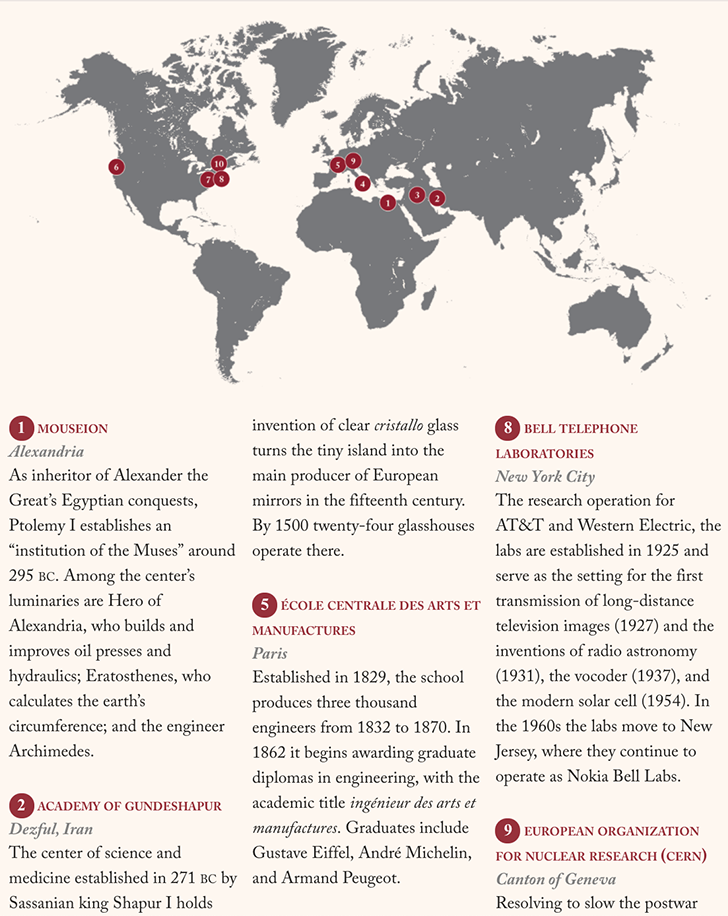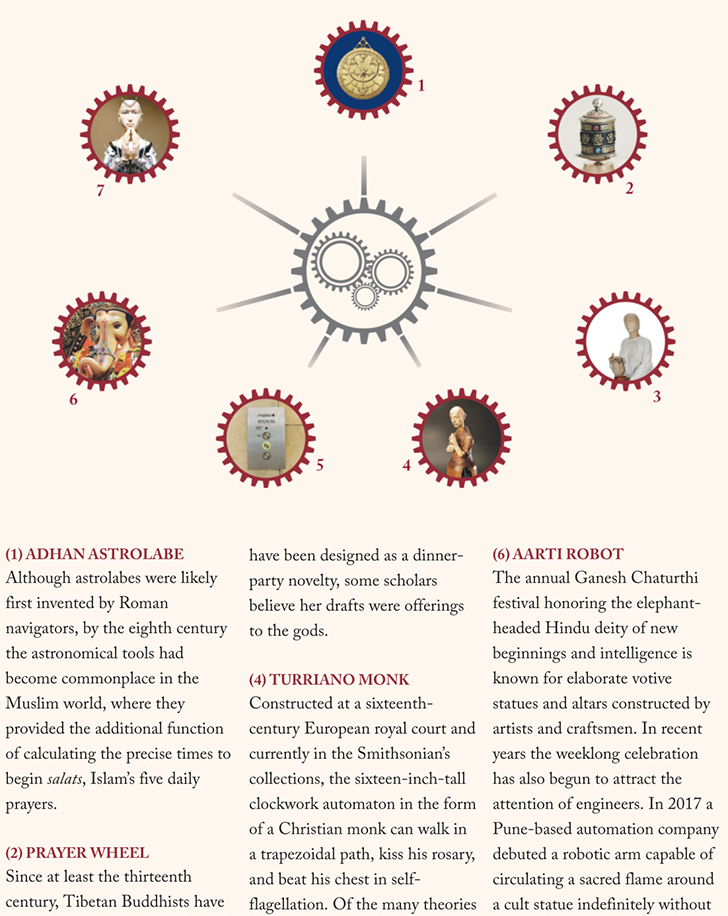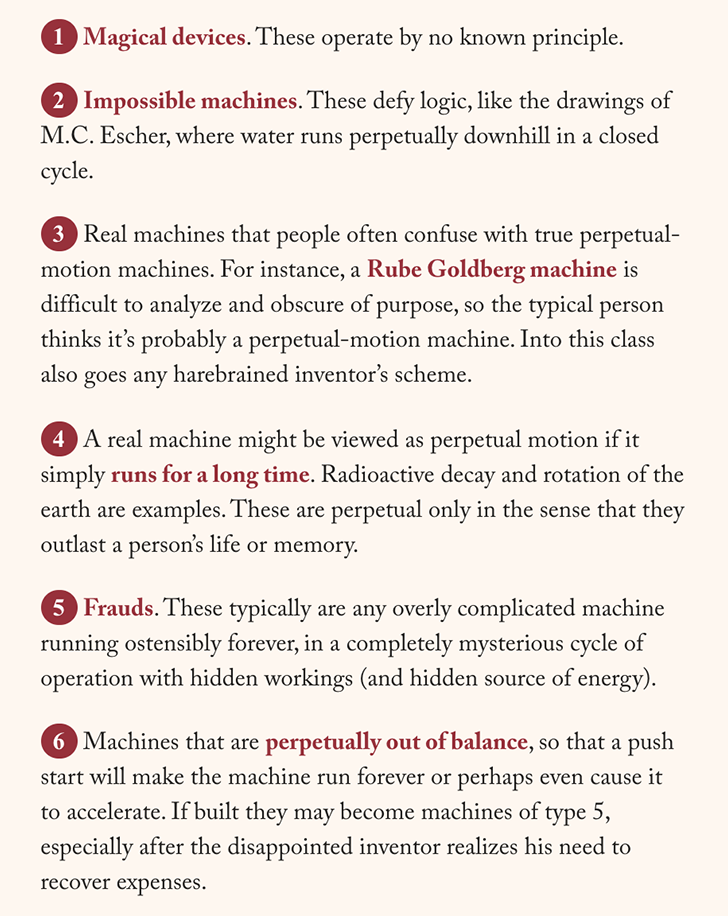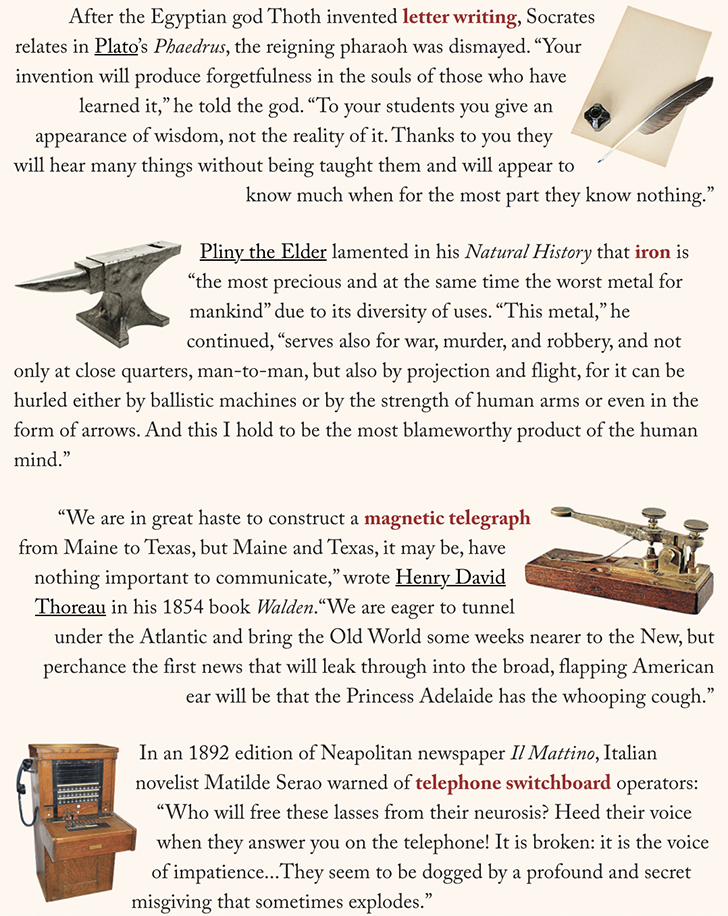Miscellany
“There is a story, repeated by a number of Roman writers,” explained the classicist Moses Finley, “that a man—characteristically unnamed—invented unbreakable glass and demonstrated it to Tiberius in anticipation of a great reward. The emperor asked the inventor whether anyone else shared his secret and was assured that there was no one else; whereupon his head was promptly removed, lest gold be reduced to the value of mud.”
Miscellany
Philadelphia chemist Robert Cornelius took what is widely believed to be the first “selfie,” in the back of his family shop, by removing the camera lens cap, running into the frame, and then replacing the lens cap. On the back of the photograph he wrote, “The first light picture ever taken. 1839.” Three-quarters of a century later, Russia’s grand duchess Anastasiya Nikolayevna took a series of self-portraits, steadying herself on the back of a chair. “I took this picture of myself looking in the mirror,” she wrote in 1914, four years before her execution. “It was very hard, as my hands were trembling.”
Miscellany
William Petty’s device for “double writing” made it possible, he claimed, that “any man, even at the first sight and handling, may write two resembling copies of the same thing at once.” Petty wrote one of the first-known English claims for patent rights, in his 1648 “Brief Declaration Concerning Double Writing.” “Should I have given it away for nothing?” he asked. “The thing...would have been condemned as of no use, because of no price.”
Miscellany
In 1745 a German cleric by the name of Ewald Georg von Kleist tried to pass an electrical current into a bottle through a nail and was shocked for his efforts. From this accident came the Leyden jar, an electrical condenser that allows electricity to be stored. The following year the abbé Jean-Antoine Nollet discharged a Leyden jar in front of Louis XV, sending electrical current through 180 Royal Guards, who jumped at the sensation.
Miscellany
Since 1840 the Oxford Electric Bell has been ringing in a laboratory at the University of Oxford. Built by a London instrument maker and powered by dry-pile batteries, the bell is said to have rung more than ten billion times. The ring is now barely audible because the charge is so low.
Pages





